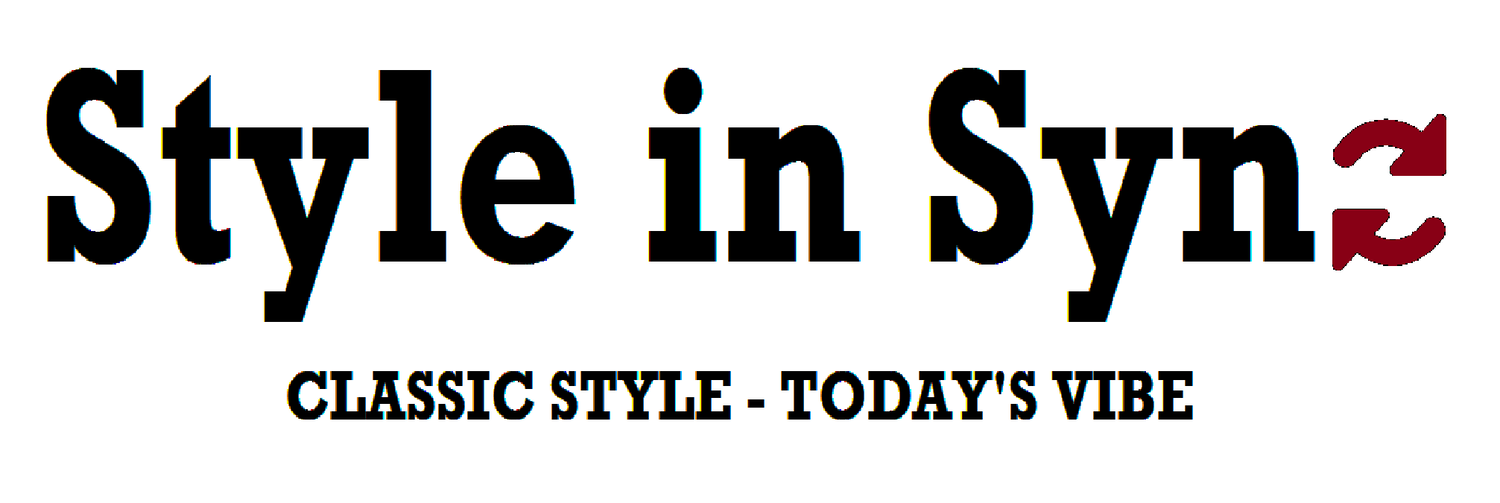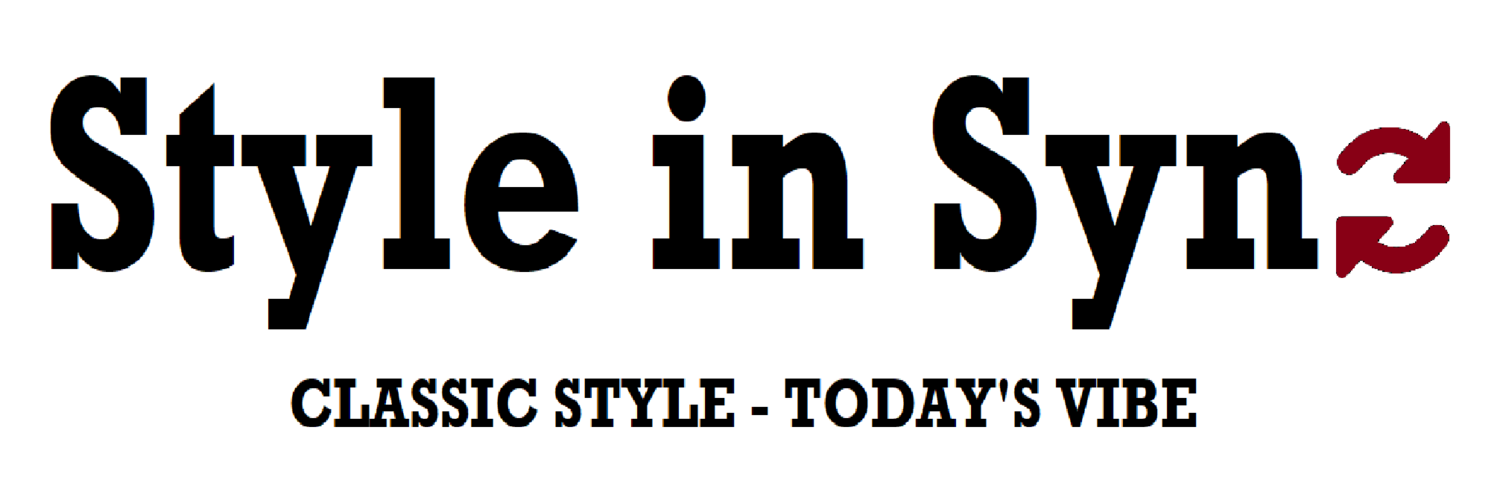Quality Mini-Series Intro
“Cost per Wear ” (C:W) is a very common phrase used in the classic menswear sector. This usually allows those to make certain purchases—usually at the top end, or just out of their price range—with the comfort of knowing they will actually get their worth out of what they buy.
In juxtaposition to a low quality garment, that will usually be worn for just a season, purchasing quality over quantity is better for your wallet, mental capacity, and the environment.
C:W is effectively the number that puts perspective on wearing a quality piece compared to a low quality, low price, option.
Some more classical pieces of menswear, namely shoes, suits, and jackets, are investment pieces. They will leave a dent in your wallet, no matter the brand of it, and will scale based on your preferences. Finding something that fits into this category will be looked deeper into piece by piece in following articles.
“Buy the best you can afford” is also a common phrase, though rarely defined. So many topics to cover, yet no one has the attention span to truly dive into all of them in just one post.
An overview: Jackets, being outerwear, will get the least wear over the years. Especially if you have multiple that you cycle through. Going inward toward the body, the scale rises. Shirts, underwear, and knitwear worn directly in the skin all wear markedly faster than anything else. This is from picking up more sweat, friction, and frequent wash cycles than outerwear.
C:W in cold-hard-cash looks more like this: a $500 winter coat worn 10 times per month (5/12 months, for simplicity) over the course of 20 years is—50 cents / wear. Compared to an H+M Jacket you buy for $100, but only worn for two years at the same rate, you get $1 / wear. Even at 10 years (or a $1000 jacket, for the same effect) for the quality jacket, it is the same cost, though you get to enjoy a more refined garment all those years.
This is best case scenario for both, of course, but realistically the cheaper jacket will break earlier. I’d argue, if the more expensive jacket has the same break, you’re much more likely to send to the tailors for $10-20 (or self-repair) instead of thinking “oh, for that price I might as well buy a new one. SO, over the course of 20 years, you buy 9 more jackets. With that new $100 spent repeatedly over the years (let's not even think about inflation), you will come out losing another $500-1000 on just jackets.
Math.
It goes without saying, you’ll wear some coats more than others—because we all make mistakes buying things we don’t like now and again. These extra useless unworn coats (that we all have) will leave clutter in your closet, as well as your mind. So the cost of dressing with cheap garments weighs on your concious as much as your wallet.
Buying clothing regularly is time and thought intensive. Going out, trying things on, finding the right size, brand, pattern, fabric. However, finding something you love, and spent the time to buy a perfect example of your style. Finding something you want to wear everyday, even if it at the top of your budget, will cause you to have a smaller wardrobe. With less things you dont wear, you’ll be happier about what you do wear! If you don’t after a few months, or your style changes, at least someone will be willing to buy it off of you (at a discount) since it is still, in fact, a quality piece. Recovering the cost goes a long way in lightly worn high quality items.
Finally, the environmental bit. Throwing away all of those cheap pieces, guaranteed to be made of polyester, will go hundreds of years before starting to degrade. Wools, cottons, and linens are natural fibers that will not only get better with age, but degrade with time when ultimately thrown out—as opposed to their counterparts. This is especially the case with cheap shoes as opposed to leathers, a fine pair can outlive you whereas a plastic shoe will be trash in six-twelve months if worn regularly.
Overall, I believe G. Bruce Boyer said it best.
“I can’t afford to buy cheap clothing.”

